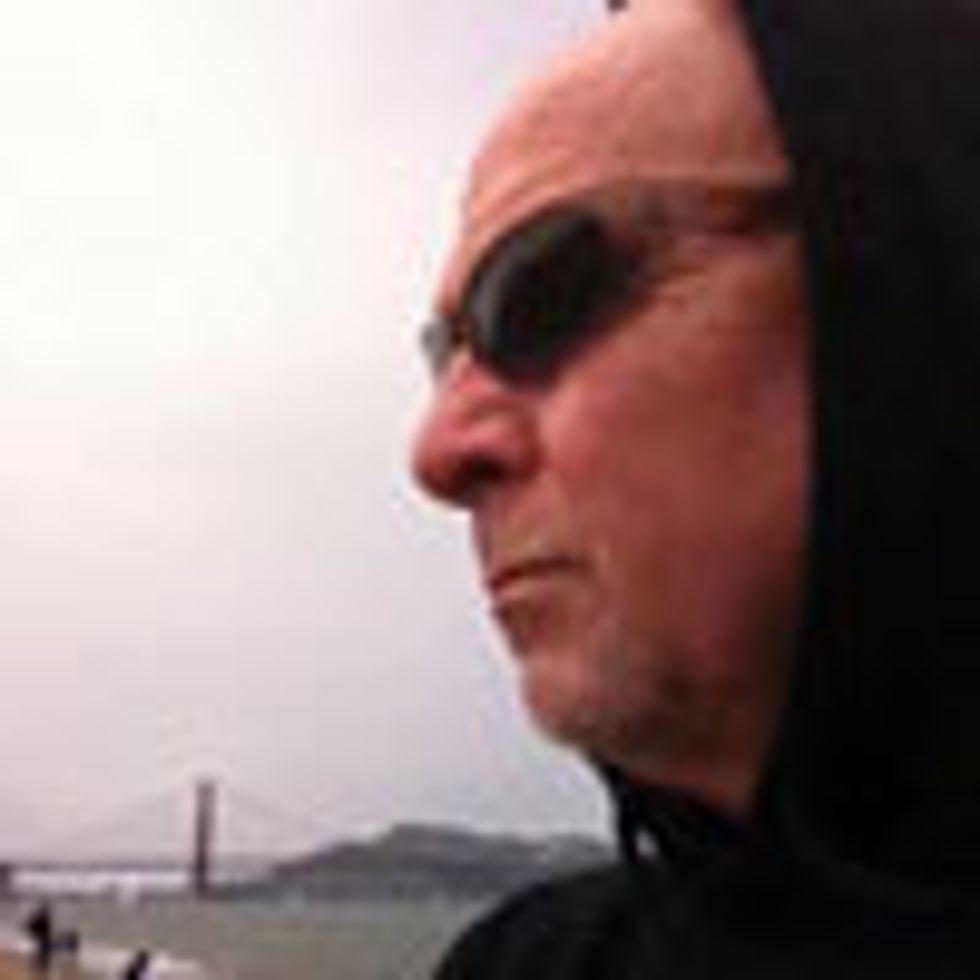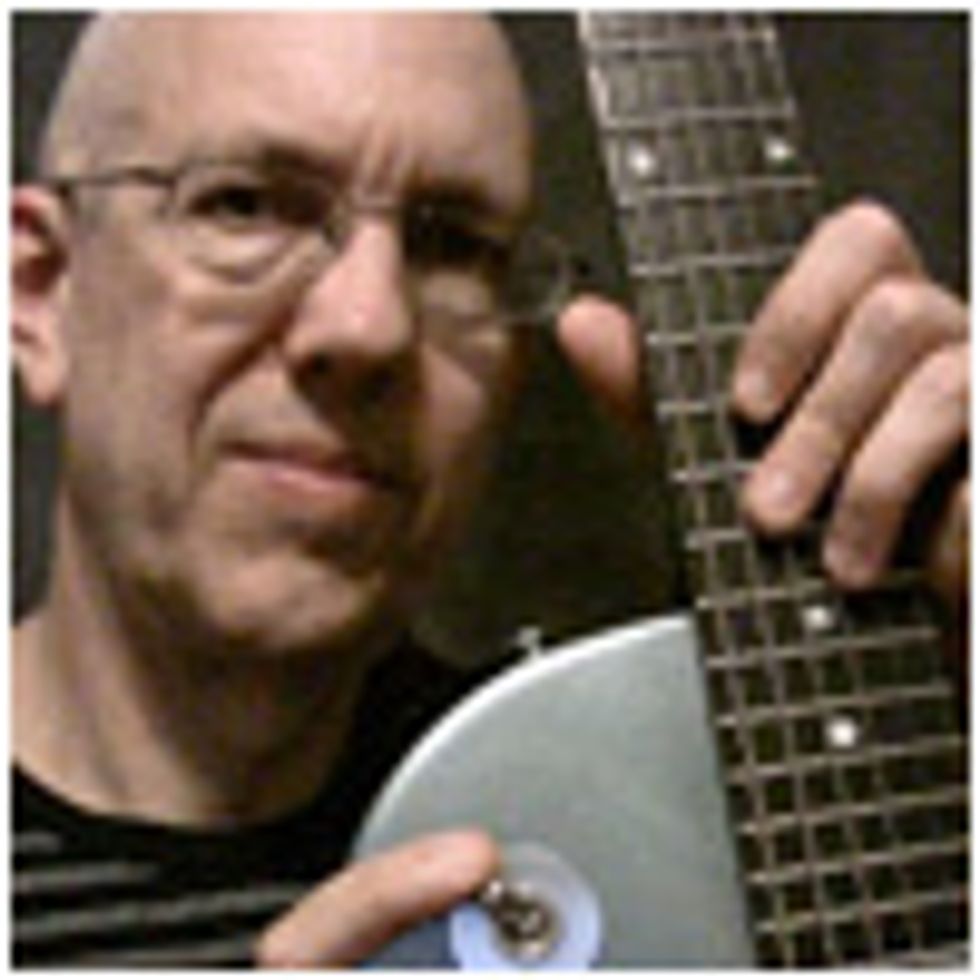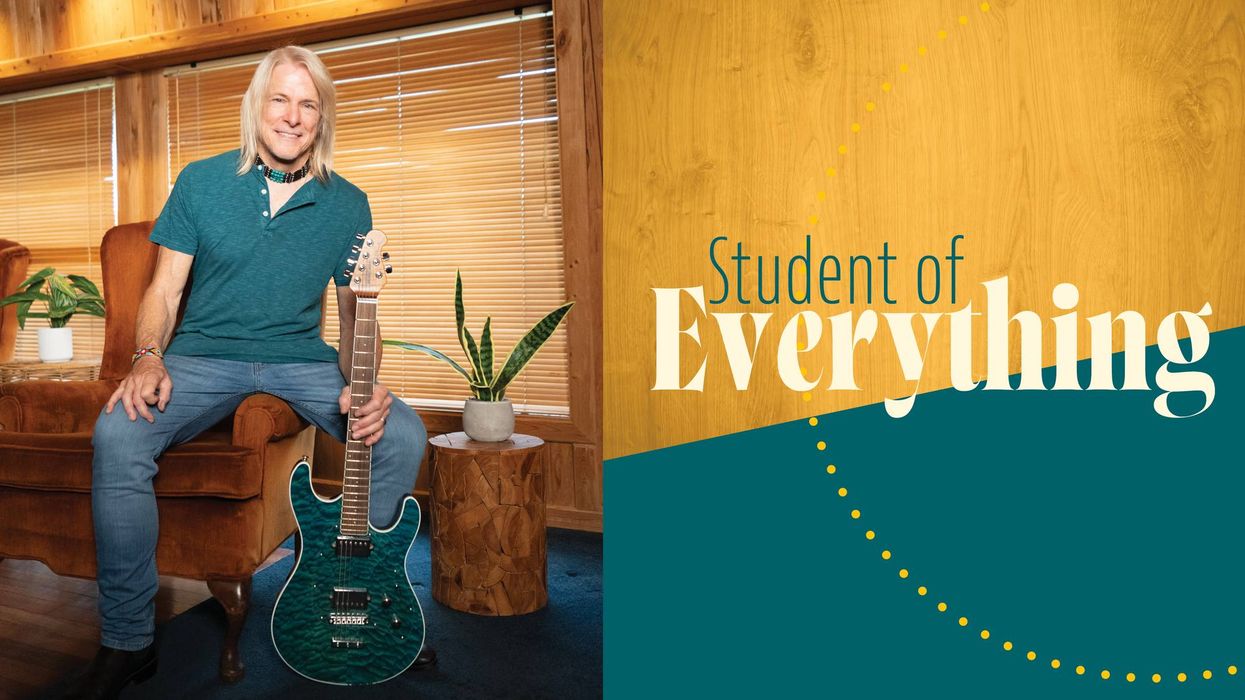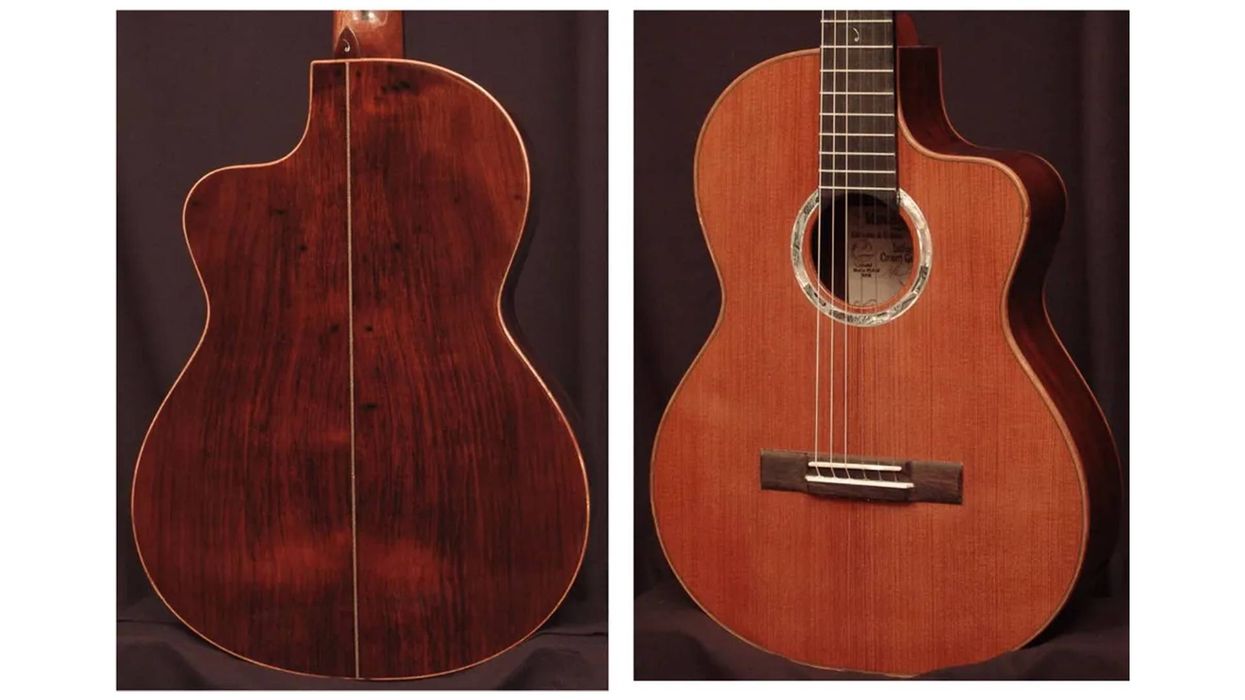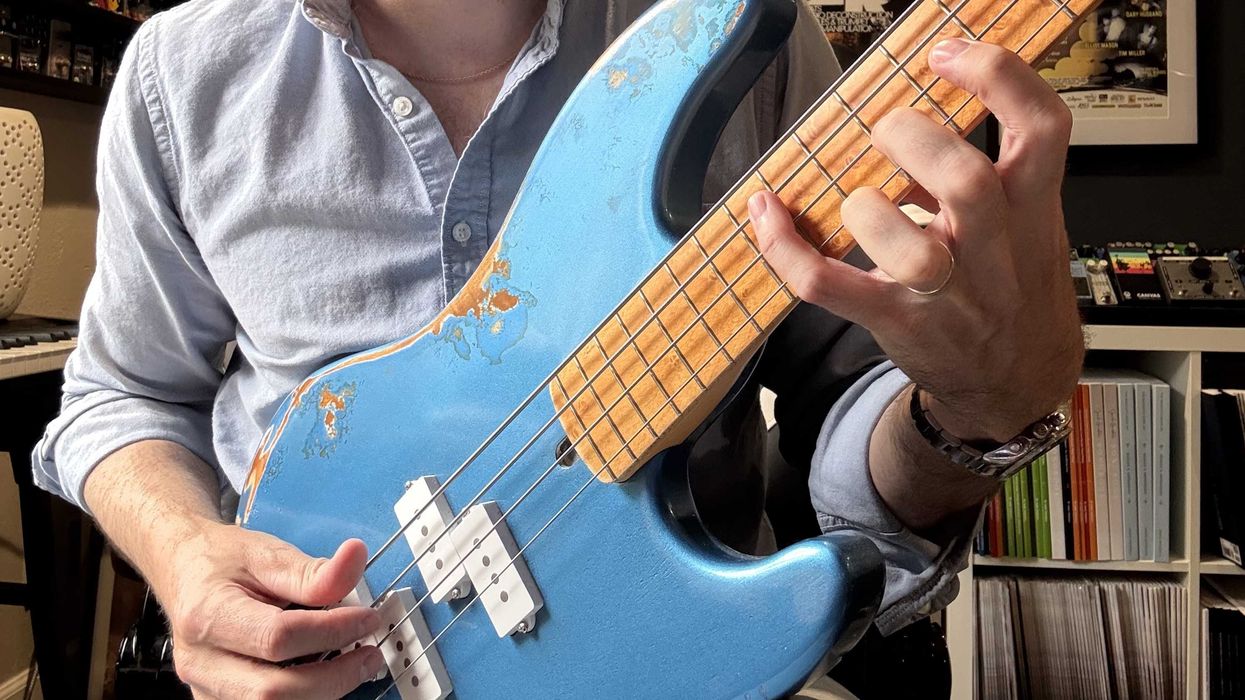The “golden era of guitar” could mean many things, depending on musical tastes, where you live, or what generation you grew up in. This month we’re talking about the 1950s and ’60s birth of rock ’n’ roll. Filter frontman and guitarist Richard Patrick joins us in naming our favorite pioneering players.
Q: Who’s your favorite guitarist from rock ’n’ roll’s golden era—the 1950s and ’60s?
Richard Patrick — Filter
A: Buddy Holly because he was weird. But also Jimi Hendrix ... his avant-garde approach with feedback and the whammy bar made me realize the rulebook had been broken. We all get that a guitar player should learn his craft, but at the same time we need to tear that down. Buddy kept it simple and Jimi fucked it up. Bravo!
My current obsession is: The Zoom G5. I programmed a bunch of the patches and I’m obsessed to see what the kiddies think. I love noise. I love being able to make music relying on equipment. People who say you should be able to play everything on an acoustic guitar—that’s bullshit. I want more tech, more chaos.
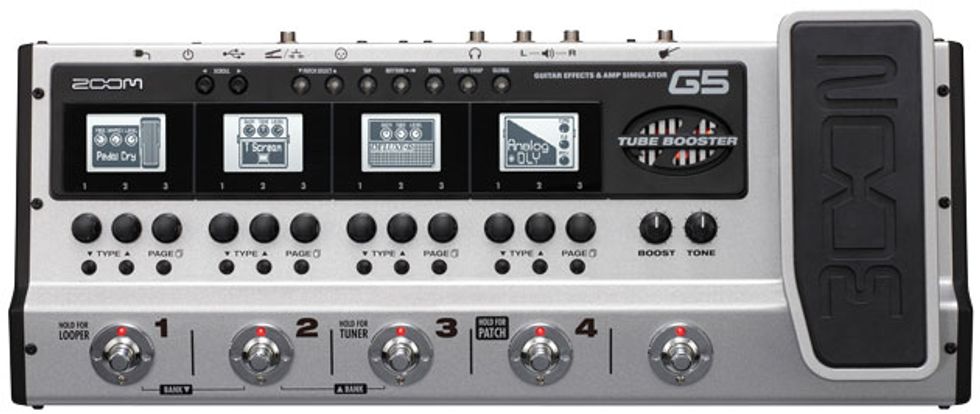
Winston Smith — Reader of the Month
A: Link Wray and Jeff Beck. Link Wray because he pretty much defined the rebel as far as tone and punk attitude, and Jeff Beck made the pursuit of musicality and experimentation cool for all genres of guitarists from punk to jazz.
My current obsession is: To see how I can adapt my playing style and tone to genres of music I’m not very comfortable playing. Pushing my technique and ear into new territory. I have to learn 15 songs by this weekend, in three different keys, to play live in a genre I’m not familiar with, with musicians that play said genre as masters.
Andy Ellis — Senior Editor
A: Working back through the British Invasion bands, I discovered this era of music circa 1965. The Shadows led me to Duane Eddy, whose twangy, throbbing, cavernous tones inspire me to this day.
My current obsession is: My Phantom MandoGuitar. It’s designed to be tuned like a 12-string capoed at the 12th fret, although I tune it a whole-step lower: D–D–G–G–C–C–F–F–A–A–D–D. The top three string pairs are each tuned in unison; the lower three pairs are octaves. Deluxe chime!
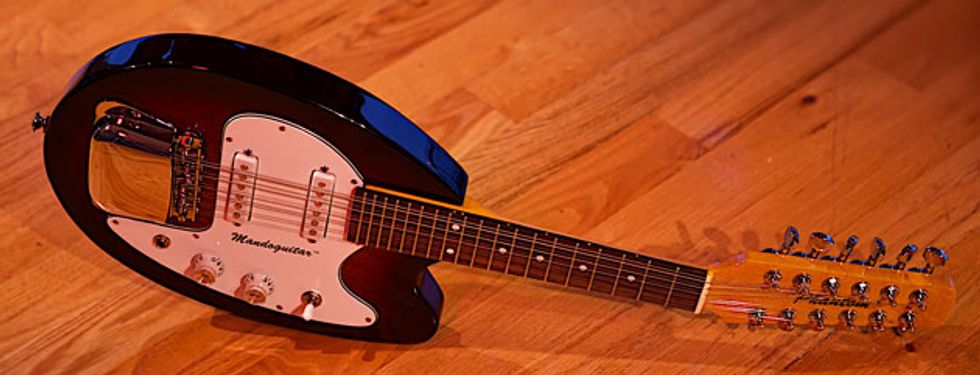
Shawn Hammond — Chief Content Officer
A: It’s a toss-up between Elvis sideman Scotty Moore (holy crap—the solo on “Hound Dog” alone!) and James Brown badass Jimmy Nolen. Nolen’s spare, gloriously funky lines knifed through the mix and were like absolute clockwork.
My current obsession is: My PureSalem Pink Beard fuzz, which can go from wonderfully organic and dynamically responsive to mutated and scuzzy.
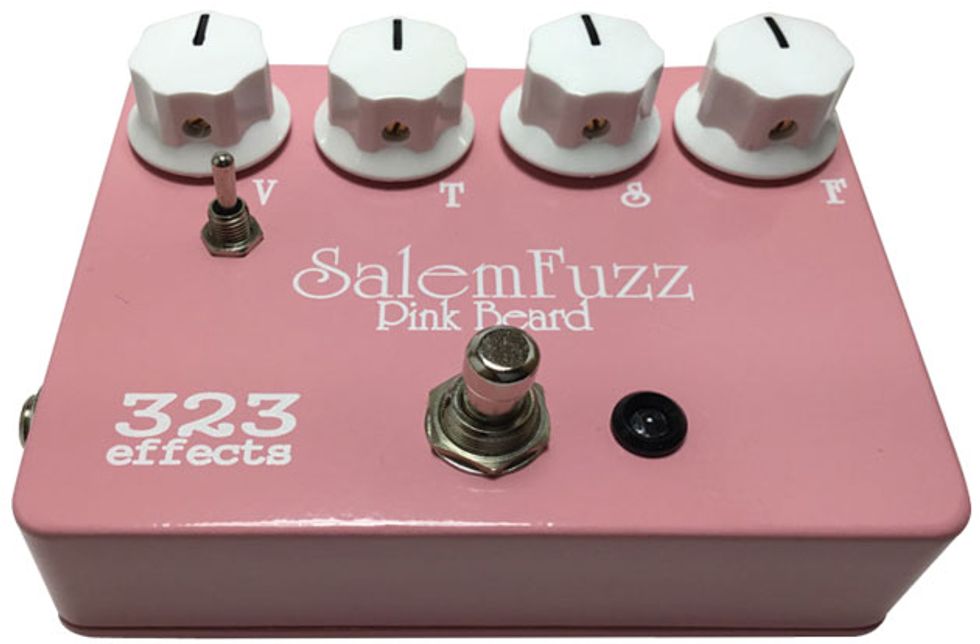
Tessa Jeffers — Managing Editor
A: When I hear Chuck Berry, I’m immediately transported to a nostalgic place I know only romantically through the sounds of those times. Berry is ’50s golden guitar to me—most of his songs start with a variation of the same signature lick. Beyond that, he could sing and swing, inventing his own brand of rock ’n’ roll.
My current obsession is: Thinking about guitar phrasing in terms of voice or approaching melodic lines, like a singer would. My favorite players make their parts distinct and memorable, like a skilled vocalist catches you with their inflection.



